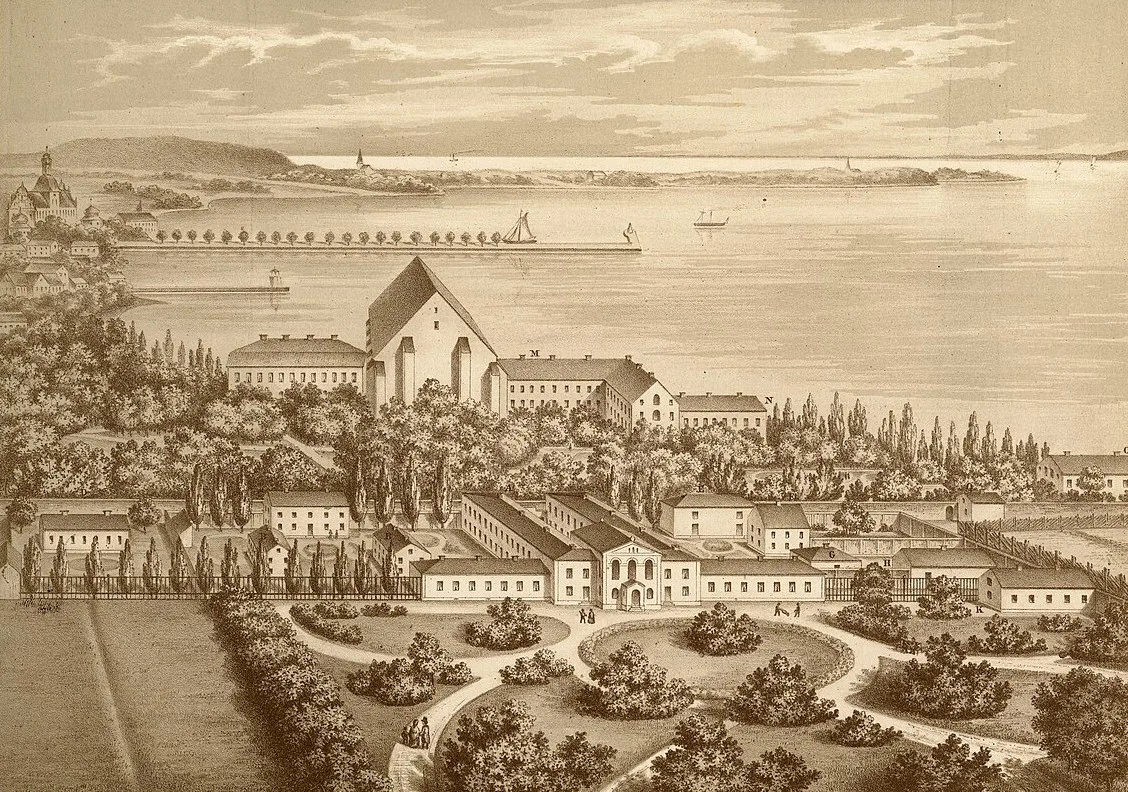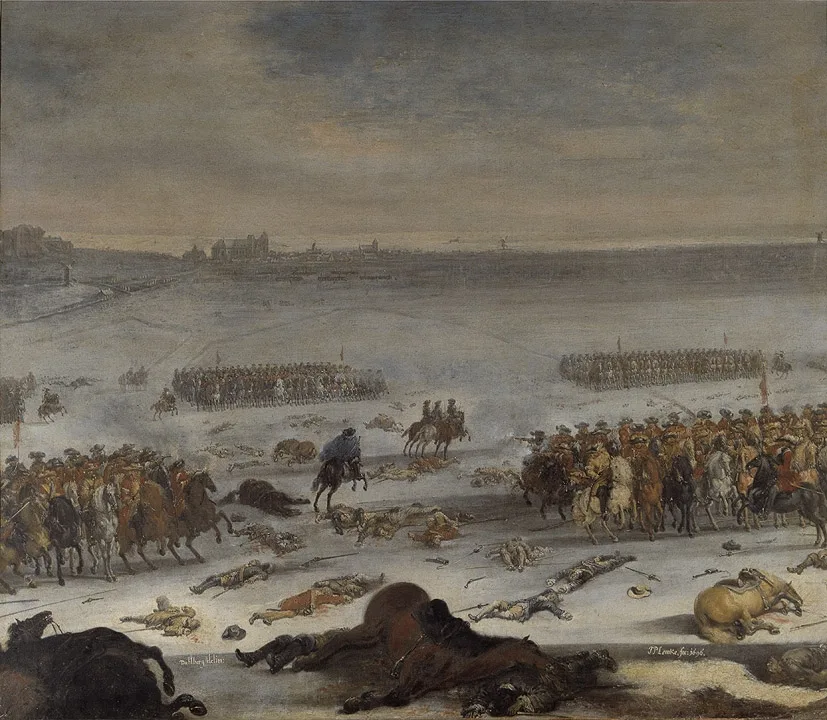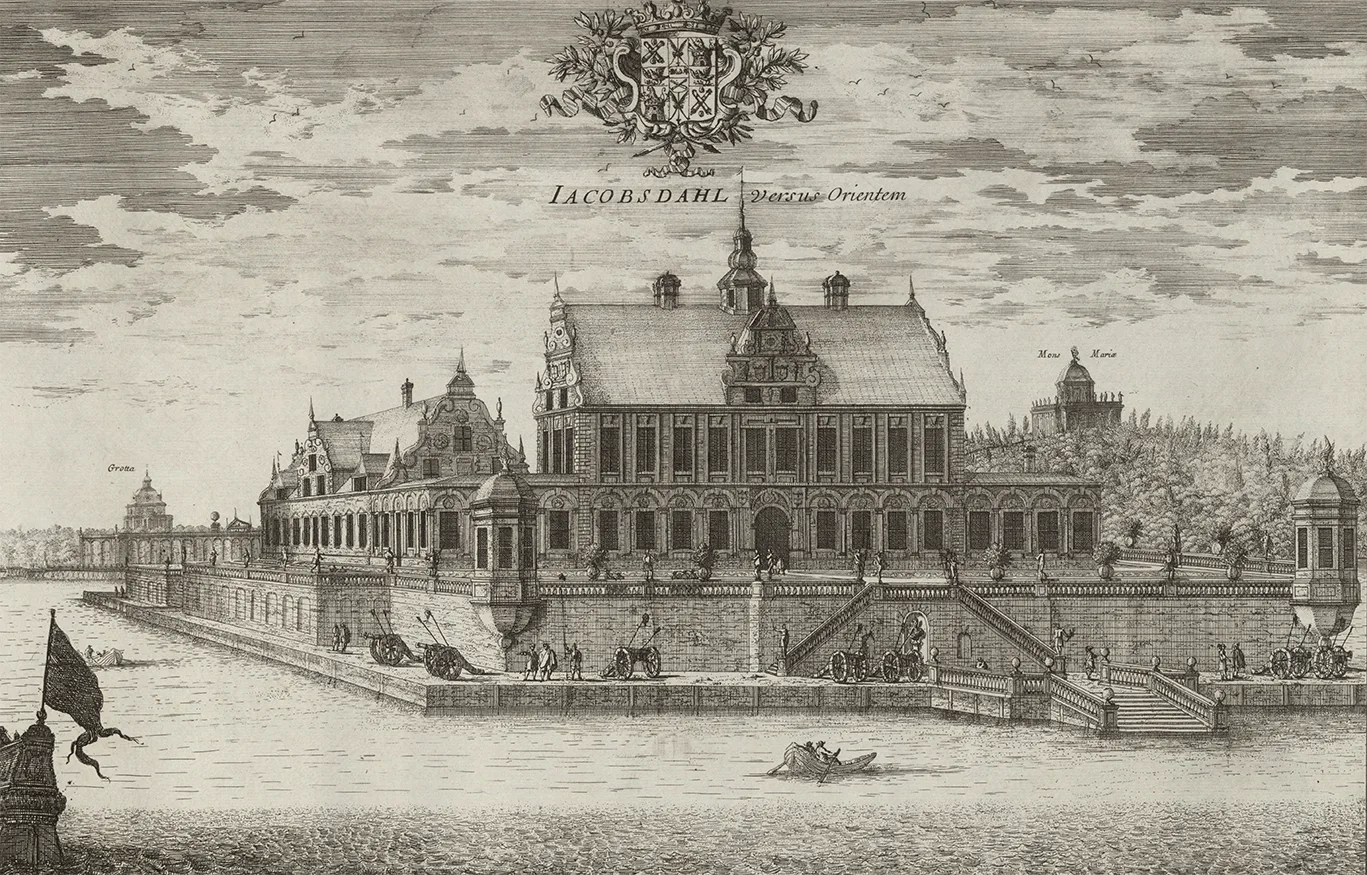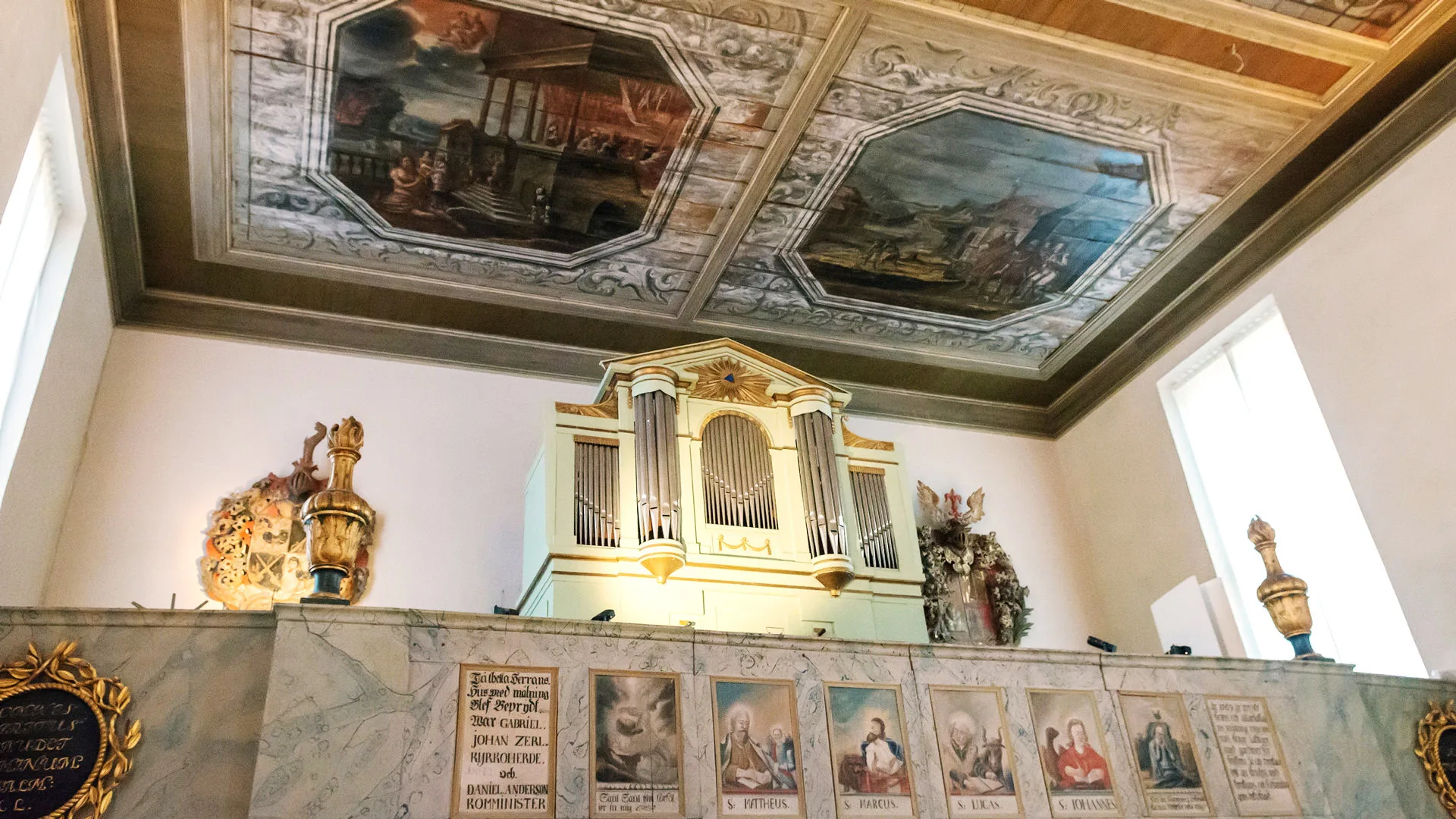Funeral shields for noblemen
Viking Age
AD 800 – AD 1100
Middle Ages
AD 1050 – AD 1520
Modern Age
AD 1520 – AD 2025
As early as the Middle Ages, funeral processions were held when a knight was to be buried. A person would don the deceased’s armour, sword and shield, and ride his horse in the funeral cortege. The armour, horse and weapons were donated to the church, but were later bought back by the family. The shield, however, remained and was hung in the church near the grave. The purpose of this was to show that “…this distinguished man was born of a noble lineage.”
The body was moved – the shield remained
By the 17th century, the personal combat or tournament shield was no longer used at funerals. Instead, a newly made heraldic shield bearing the family’s coat of arms, was carried. This was later mounted in the church as a memorial. Many such shields still hang on church walls to this day.
However, the presence of a coat of arms on a church wall does not necessarily mean that its owner is buried there. In the 17th century, it was common for the funeral service with speeches, hymns and burial rites to be held in one church, while the body was later interred in a rural church with family connections. Riddarholmen Church, with its royal associations, was a popular venue for funeral ceremonies, but when the coffin was taken to another church, the heraldic shield often remained behind.
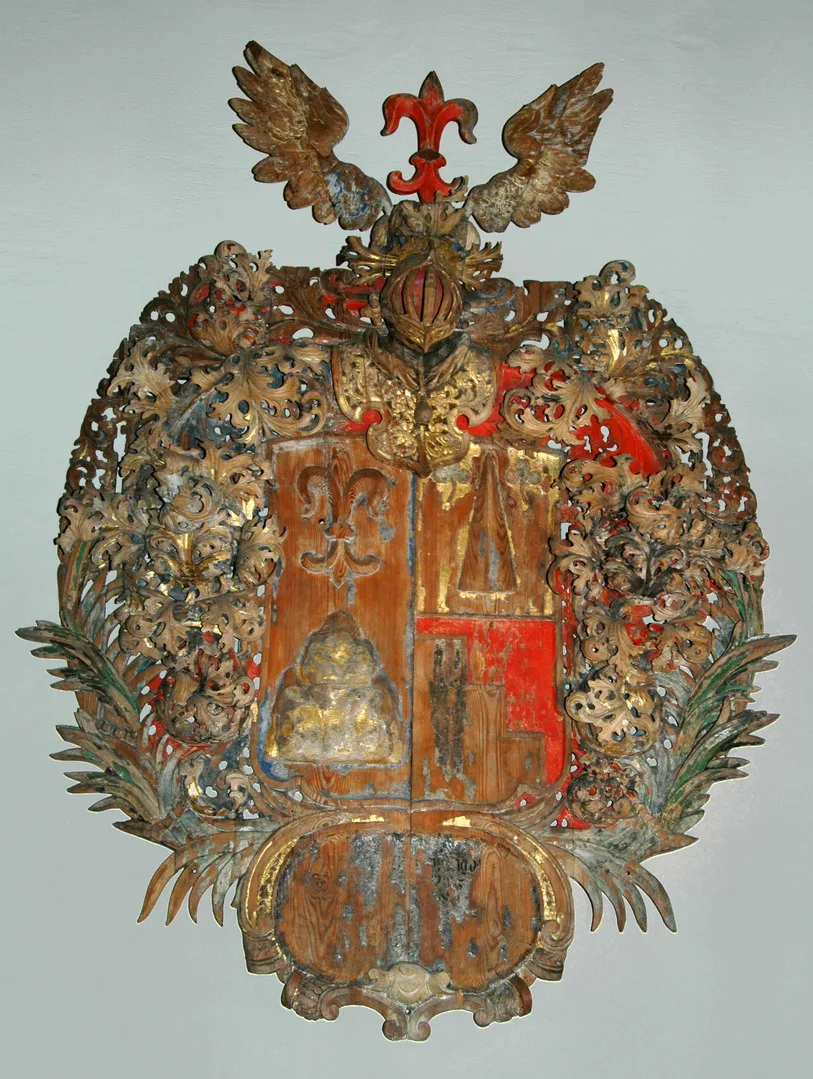
Coat of arms
Funerary hatchment for Daniel Lilienberg (1675-1723).
On view at Historiska museet in the exhibition Barockhallen
In memory of Ärland
The collections of the Swedish History Museum include several coat of arms dating from the Middle Ages onwards. One heraldic shield from Täby Church is made of contour-cut wood, painted with the escutcheon for the Svinhufvud family on a black background. Small remnants of the mourning drapery that once hung from the carrying pole can still be seen.
Beneath the shield is a plaque of sheet iron bearing the inscription: “Here lies buried Ärland Biörnsson Swinhufvud who was born in Wågsiö on 23 April and died on 27 July in the year 1640, whose soul God eternally gladdens with joy.”

Coat of arms
Funerary hatchment for Ärland Björnsson Swinhufvud, 1640.
On view at Historiska museet in the exhibition Barockhallen
Ärland was only three months old when he died. A victim of the high infant mortality of the time, when many children died within their first year. Infant mortality naturally hit the poorest hardest, but the nobility were not spared, nor was the royal family. A telling example is that four of Charles XI’s seven children died in infancy.
Ärland never had the chance to wield weapons or carry a shield. The coat of arms was almost certainly made after his death to be carried in the funeral procession and then hung in the church. Had Ärland died today, teddy bears and other stuffed animals would likely have had a prominent place at his grave. The grief over a lost child was just as profound then as it is now, but the expressions of mourning were different back then.
